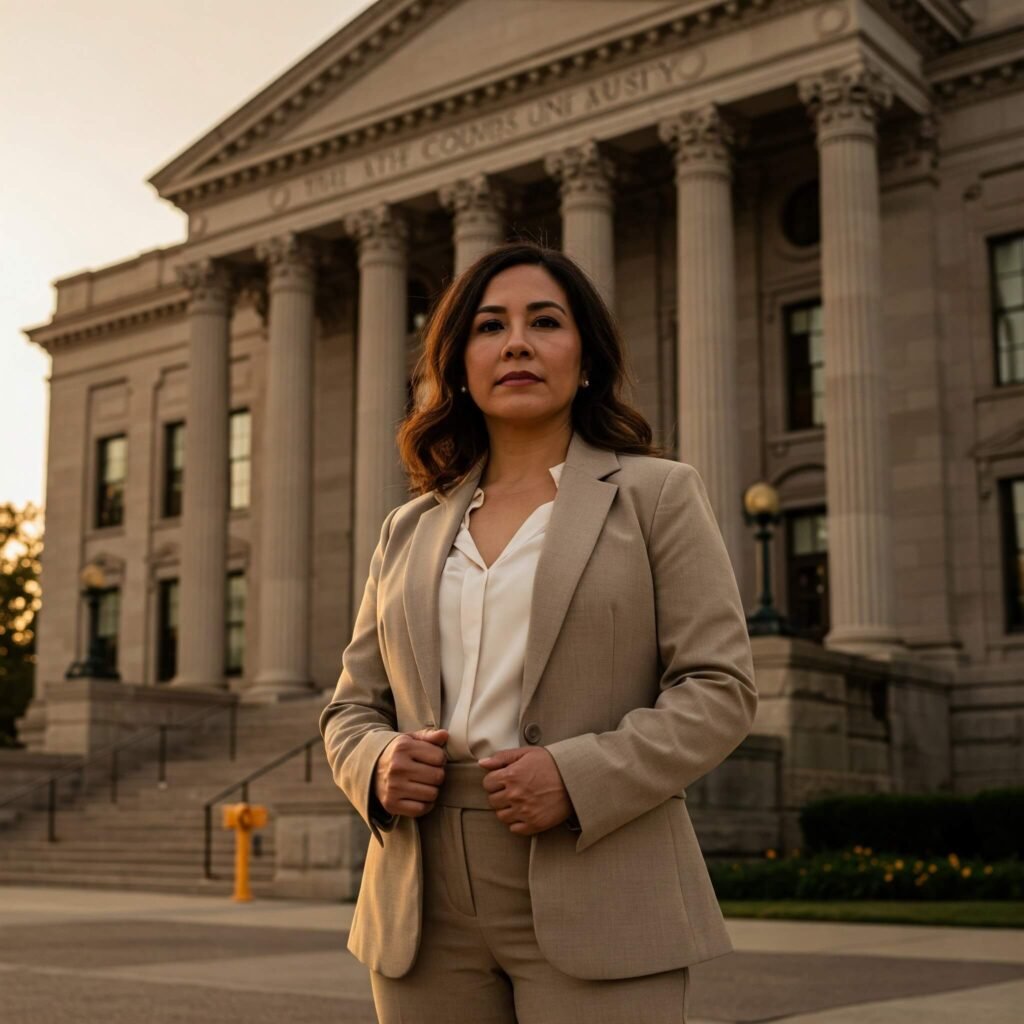Facing domestic abuse is a terrifying and overwhelming experience, but knowing the legal steps for domestic abuse can empower you to take control and protect yourself. This guide outlines actionable steps to navigate the legal system, secure your safety, and access support. Whether you’re seeking a restraining order or exploring your legal rights, this blog provides clear, practical advice to help you move forward.
Why Taking Legal Action for Domestic Abuse Matters
Domestic abuse, whether physical, emotional, or financial, can have devastating effects. According to the National Coalition Against Domestic Violence (NCADV), 1 in 4 women and 1 in 9 men in the U.S. experience some form of domestic violence. Taking legal action not only ensures your safety but also holds abusers accountable and breaks the cycle of abuse.
By understanding the legal steps for domestic abuse, you can access tools like protection orders and legal representation to reclaim your life. Let’s explore the steps you can take.

Step 1: Ensure Your Immediate Safety
Prioritize Your Physical and Emotional Well-Being
Your safety is the top priority when facing domestic abuse. If you’re in immediate danger, call 911 or your local emergency services. For non-emergency situations, consider these actions:
- Find a Safe Place: Leave the abusive environment if possible. Stay with a trusted friend, family member, or at a domestic violence shelter.
- Contact a Hotline: The National Domestic Violence Hotline (1-800-799-SAFE) offers 24/7 confidential support and can connect you to local resources.
- Document the Abuse: Keep a record of incidents, including dates, times, and photos of injuries, to strengthen your legal case.
Example: Sarah, a 32-year-old mother, called a hotline after her partner threatened her. The hotline helped her find a nearby shelter and connected her with a legal advocate.
Outbound Link: National Domestic Violence Hotline for immediate support.
Step 2: Understand Your Legal Rights in Domestic Abuse Cases
Know What Protections Are Available
Every state has laws to protect victims of domestic abuse, but they vary. Research your state’s domestic violence laws to understand your options. Common protections include:
- Restraining Orders: Also called protection orders, these legally prohibit the abuser from contacting or approaching you.
- Custody and Child Support: If children are involved, you can request temporary custody or support through the court.
- Financial Assistance: Some states offer compensation for medical bills or relocation costs caused by abuse.
Outbound Link: WomensLaw.org for state-specific legal information.

Step 3: File for a Protection Order
How to Secure a Restraining Order
A restraining order is one of the most effective legal steps for domestic abuse victims. Here’s how to get one:
- Visit Your Local Courthouse: Most courthouses have forms for filing a protection order. Some offer free legal assistance.
- Provide Evidence: Include documentation of abuse, such as police reports, medical records, or witness statements.
- Attend a Hearing: A judge may hold a hearing to review your case. Be prepared to explain why you need protection.
- Enforce the Order: If the abuser violates the order, report it to the police immediately.
Example: Maria filed for a restraining order after her ex-partner stalked her. With help from a legal aid clinic, she secured the order within a week, giving her peace of mind.
Outbound Link: Legal Aid Services for free or low-cost legal help.
Step 4: Seek Legal Representation
Why a Lawyer Can Make a Difference
While you can file for a protection order on your own, a lawyer can strengthen your case and guide you through complex legal processes. Consider these options:
- Pro Bono Services: Many organizations offer free legal help for domestic abuse victims.
- Legal Aid Clinics: These provide affordable representation for low-income individuals.
- Private Attorneys: If you can afford it, hire a lawyer specializing in domestic violence cases.
Outbound Link: American Bar Association for finding legal representation.

Step 5: Access Support Services for Domestic Abuse Victims
Build a Support Network
Beyond legal steps, emotional and practical support is crucial. Explore these resources:
- Counseling Services: Therapy can help you process trauma and rebuild confidence.
- Support Groups: Connect with other survivors through local or online groups.
- Financial Aid: Some nonprofits offer assistance with housing, food, or job training.
Example: After leaving her abuser, Lisa joined a support group through a local shelter. The group helped her feel less isolated and provided job search tips.
Outbound Link: NCADV Resources for support programs.
Key Takeaways for Navigating Legal Steps for Domestic Abuse
- Act quickly to ensure your safety by calling 911 or a hotline.
- Research your legal rights and file for a protection order if needed.
- Document all incidents of abuse to support your case.
- Seek legal representation to navigate complex processes.
- Lean on support services for emotional and practical help.
Conclusion: Empower Yourself with Legal Steps for Domestic Abuse
Taking legal steps for domestic abuse is a powerful way to protect yourself and start rebuilding your life. While the process may feel daunting, you’re not alone—resources like hotlines, legal aid, and support groups are here to help. By acting now, you can secure your safety and hold abusers accountable.




































